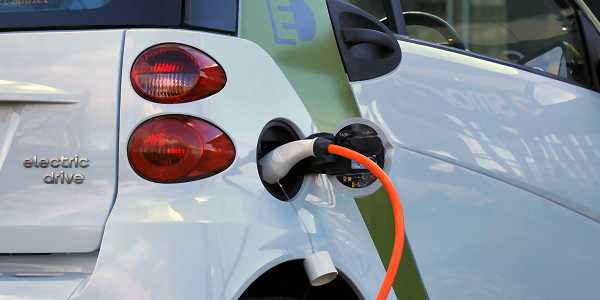Do electric vehicles spell trouble for the UK national grid?
Published on 24th July, 2018
‘The best laid schemes o’ mice an’ men gang oft agley’
– ‘To a Mouse’ by Robert Burns
Battery-powered car technology has been around a long time. Electric cars were first invented and developed in the nineteenth century and by the early part of the twentieth century, in the USA they accounted for just under 40% of all cars on the road. Until recently, this represented the high point of electric car usage.
With discovery of large scale petroleum reserves, development of extensive national road networks and the invention of the electric starter motor, attention turned to the internal combustion engine as the dominant means of propulsion because of its extended range capability. The concept of electric propulsion didn’t entirely disappear – for example, its use in forklift trucks, milk floats and golf carts was commonplace throughout the twentieth century due to their more limited range requirements. Electric powered trains have also remained prolific on many networks since, despite the higher infrastructure set-up costs compared with coal initially and subsequently diesel, electric traction is more suited to steep routes and in general is more efficient.

Credit: Pexels
The resurgence of interest in electric cars in the last 10 years is due to the climate change debate and the consequent drive to decarbonise the transport sector. The UK Government has recently announced that all sales of new petrol and diesel cars will be stopped by 2040. France has made a similar announcement. Car manufacturer Volvo will produce only electric or hybrid vehicles from next year. Meanwhile, BMW has said that an electric version of the Mini will be built from 2019 onwards.
Widespread use of electric vehicles (EVs) will have profound effects on the volume and pattern of electricity usage and the National Grid is understandably concerned to understand what is likely to happen and how to cope with such effects.
About 12 months ago, the Grid published its 2017 Future Energy Scenarios (FES) – at the extremes, the scenarios cover a low EV growth forecast where EVs account for about 15% of vehicle sales by 2050 and a high growth forecast in which EV sales account for 90% of total sales. The impact of the government’s announcement on stopping diesel and petrol sales by 2040 is captured at the higher end of the EV growth scenarios.
In the FES, the Grid looks at a scenario called “Consumer Power” which involves the highest growth of EVs. In this scenario, consumers are driven by the desire for the latest technology and the impact is such that EVs create an annual demand of 46 TWh – or about 11% of 2050 national demand. The potential impact of the high EV growth scenario on peak time electricity demand is particularly striking, implying that EVs will create an extra 18 GW of demand by 2050 – the equivalent of an extra 30% on top of today’s peak demand!
With even just a passing awareness of how modern consumer psychology works, it seems by no means implausible that a “Consumer Power-like” scenario will actually happen and perhaps sooner rather than later. If that is the case, strategic planners at National Grid should already be starting to think about all the additional power stations that will need to be built to cope with this demand surge.
The scenario described above presents a stark potential reality which concentrates the mind. In truth, there are still many unanswered questions about how such an EV-dominated future will unfold.
Battery technology has evolved quickly in recent years – will this trend continue and what will this mean for the range capability and recharging needs of EVs in, say, 10 years time?
Will charging be done at private charging points at home in the evening or at forecourts as and when necessary like petrol and diesel. If the former, it’s easy to envisage millions of motorists needing to charge their cars at the same time in the evening and creating the kind of peak demand surge outlined above. If the latter, the implication is that recharging can be done quickly, perhaps using “flash battery” technology which could allow vehicles to run long distances from a five-minute charge.
Another unanswered question is to what extent the capability will exist to use EVs as a source of power supply. On the scale of EV take up envisaged, the stock of EVs will collectively constitute a reservoir of stored power that could be fed into the UK electricity network – particularly at times of system stress. Will smart technology enable individuals to feed their battery power into the network cost effectively?
In planning for a future with significant EV growth, the only certainty at this point seems to be that EVs are here to stay. Beyond that, the Grid probably has little option but to plan for uncertainty. While, the future path cannot be accurately predicted, different outcomes can be identified and their implications understood. Meanwhile, the capacity to remain alert to emerging trends and to adapt quickly to new circumstances will be essential.
EnDCo offers both producers and consumers of electricity direct and transparent access to the wholesale market and is well placed to help these participants take advantage of the opportunities arising from the ongoing growth and development of new technology.
For further information, please email me at: les.abbie@endco.co.uk
Les Abbie, CEO, EnDCo


 REPORTS
REPORTS 

